LJRockstar
Adventurer
I took these the other night. There was a Huge warehouse fire down the road from my house. I was having trouble getting the exposure right. If I used the flash, it would only light what was nearest to me but the fire itself was nearly invisible. Is there some setting I can use to have the flash, but with a bit longer of an exposure to show the things in the distance? I have learned alot recently about Photography but i really am still pretty green with all of this.
I was also having a lot of trouble getting the white balance set correctly everything looks so red or orange. I tried to use my Expo cap to set a custom WB but there really wasn't enough light to get a proper sample. If I found myself in a lighting situation like this again what would you do?
Any suggestions would be greatly appreciated.
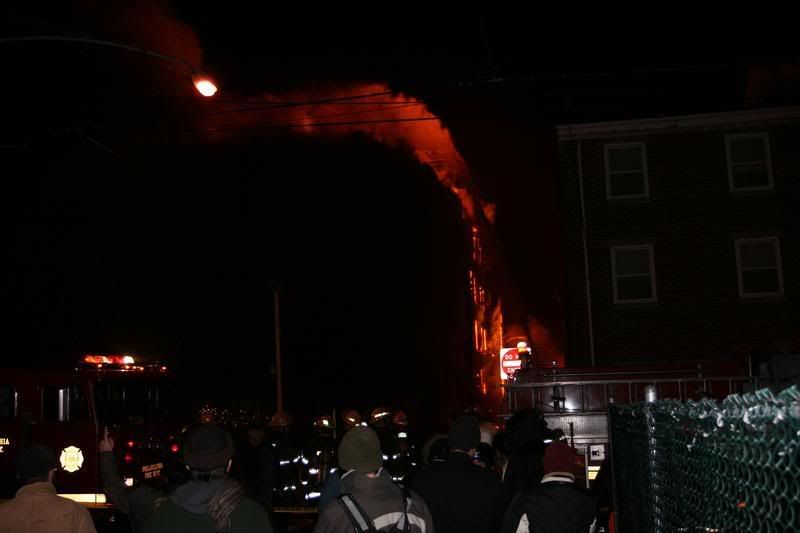
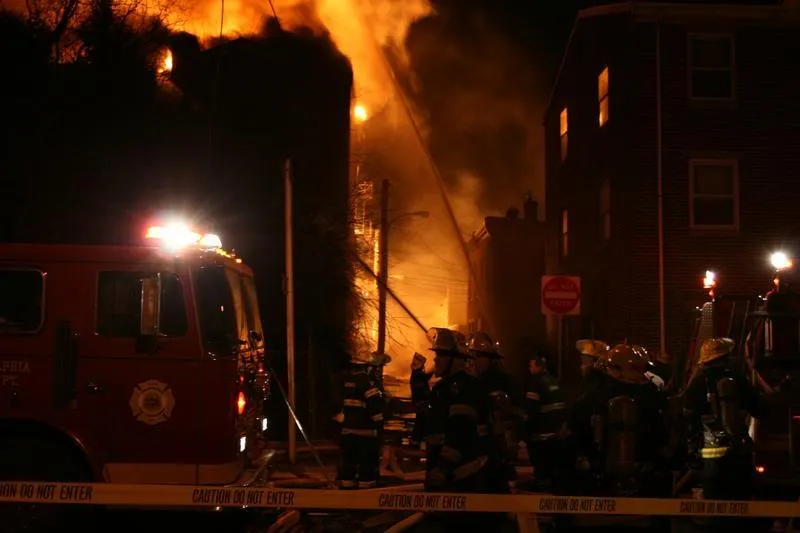
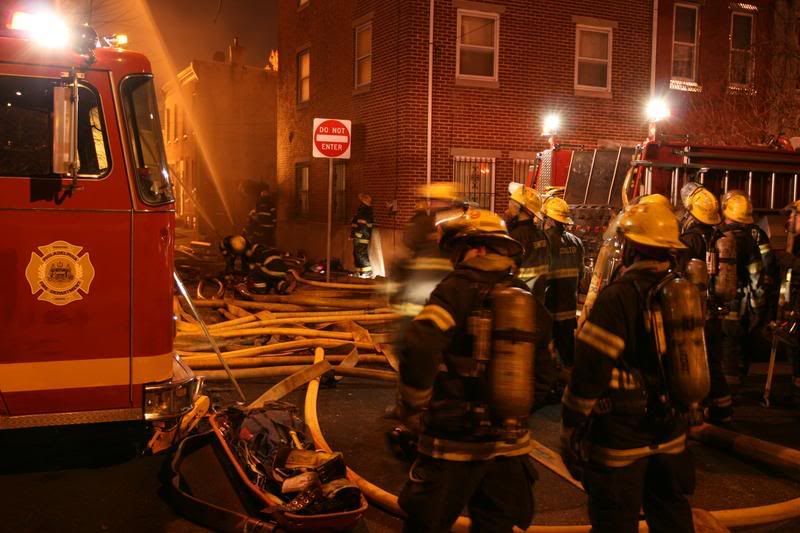
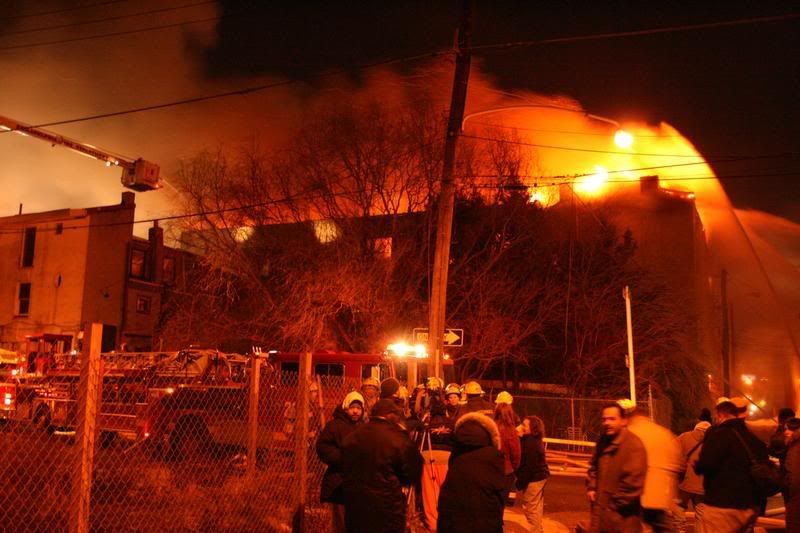
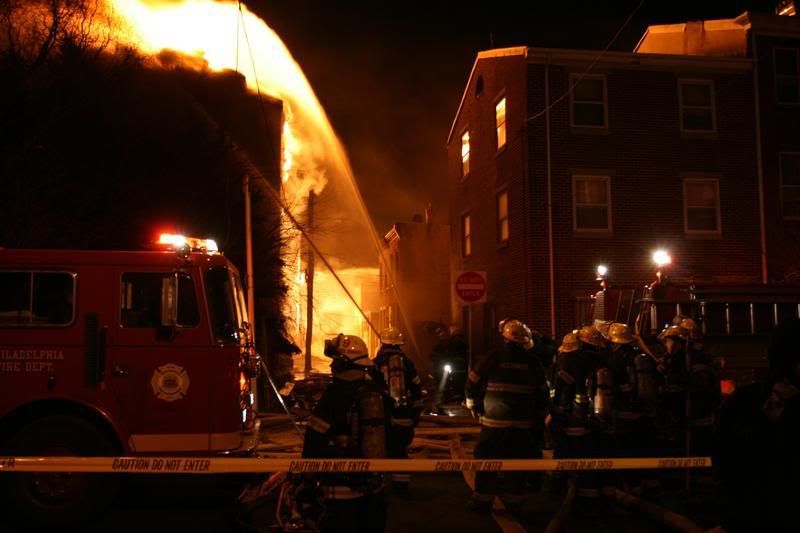
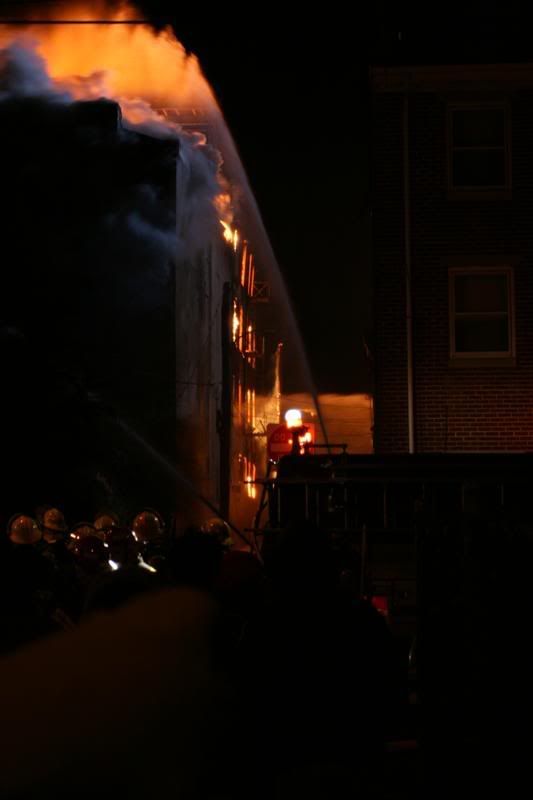
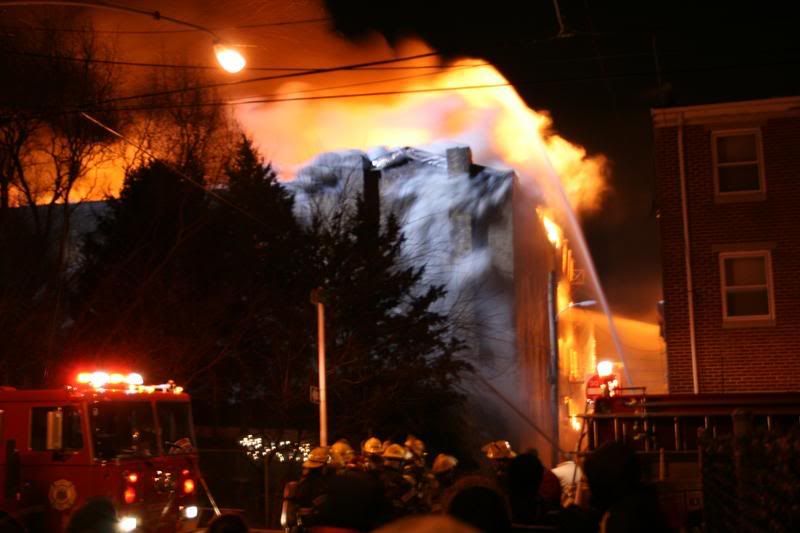
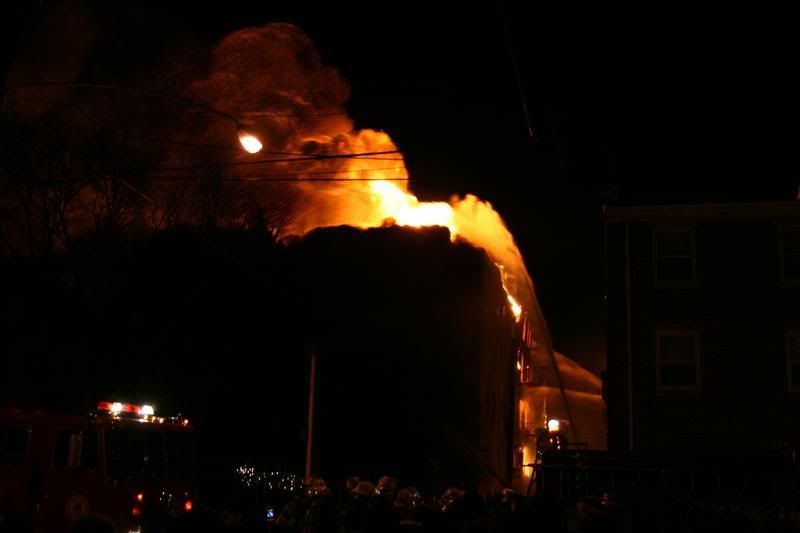
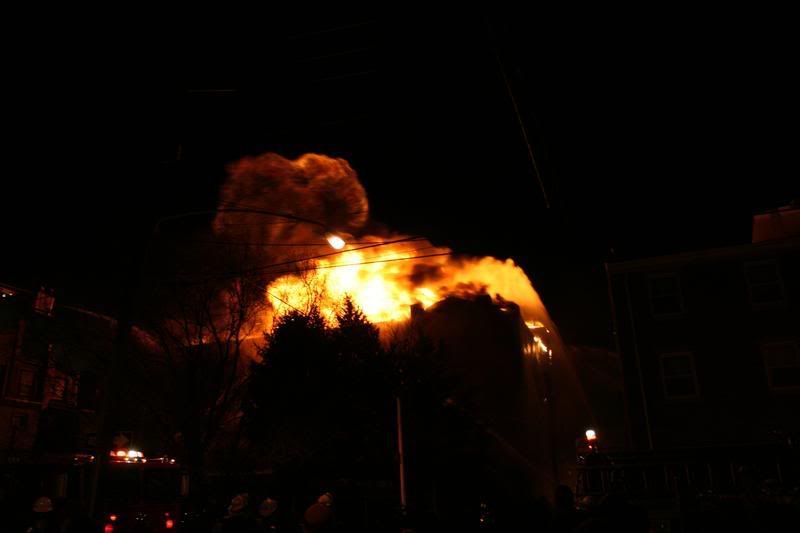
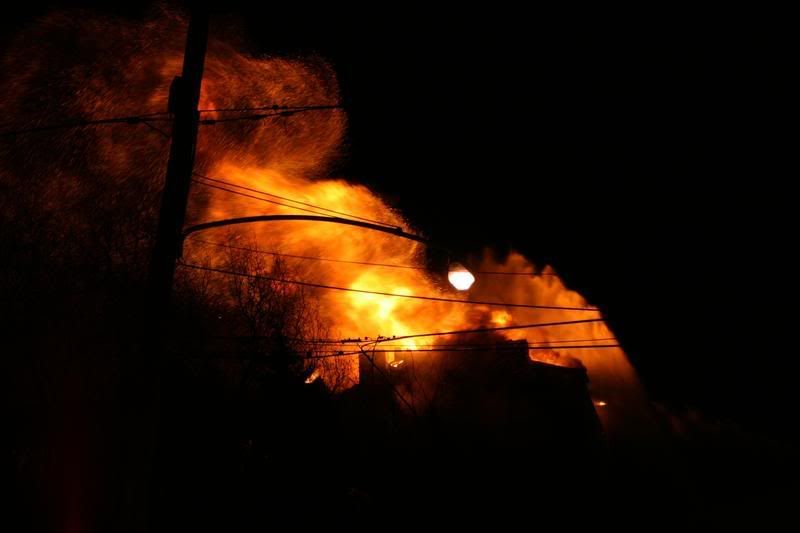
I was also having a lot of trouble getting the white balance set correctly everything looks so red or orange. I tried to use my Expo cap to set a custom WB but there really wasn't enough light to get a proper sample. If I found myself in a lighting situation like this again what would you do?
Any suggestions would be greatly appreciated.










